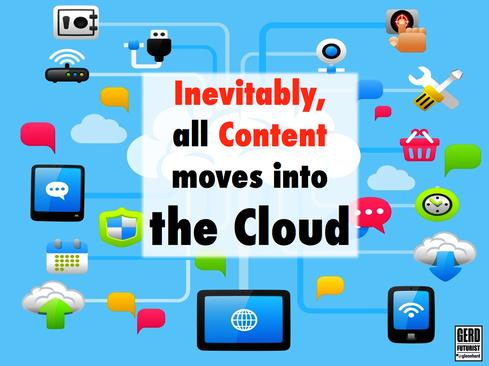IBM and Microsoft will put key software assets on each other's cloud services. Can they double appeal to enterprise developers, compete better with Amazon?


7 Cloud Service Startups To Watch
7 Cloud Service Startups To Watch (Click image for larger view and slideshow.)
IBM and Microsoft said Wednesday they have formed a partnership to put key software assets on each other's cloud services in order to give their mutual customers "more choice." As dance partners, however, they're holding each other at arm's length.
"Microsoft is committed to helping enterprise customers realize the tremendous benefits of cloud computing across their own systems, partner clouds, and Microsoft Azure," said Scott Guthrie, executive VP for cloud and enterprise at Microsoft. "With this agreement more customers will be able to take advantage of the hyper-scale, enterprise performance and hybrid capabilities of Azure."
There was no direct mention of IBM or the IBM cloud on Guthrie's part as this new partnership gets underway. That was reminiscent of Guthrie's statement in San Francisco two days earlier, when he predicted at a press conference that the cloud marketplace will shake out to three primary players: Google, Amazon Web Services, and Microsoft.
IBM likewise made no direct reference to Azure. "Together we are creating new opportunities to drive innovation in hybrid cloud," said Robert LeBlanc, senior VP for the software and cloud solutions group at IBM, in the announcement.
[Want to learn how IBM has augmented its BlueMix with "Boilerplates"? Read IBM BlueMix Gets DevOps Muscle.]
IBM and Microsoft have decided each of their respective clouds will have a better chance to compete with market leader Amazon if they double up their appeal to enterprise developers. The software they're exchanging will tend to enhance each of their cloud environments as a platform-as-a-service for developers. Now developers "will have an even greater level of choice over the tools that they use to build and deploy their cloud environments," LeBlanc said.
For its part, IBM is making available an advanced version of its WebSphere Application Server, Liberty, which can be configured to include only those parts needed by the current application or set of applications that it is running. That means it dynamically adjusts to the application task before it and boots up in a few seconds -- much more quickly than full-sized versions of WebSphere Application Server that are meant to run all applications brought to it.
In addition to WebSphere Liberty, IBM is making its MQ messaging system and DB2 database system available on Azure. Both would likely be needed by developers working on a modern application. IBM will make the software available in Microsoft Hyper-V virtual machines on Azure for both development and production deployment, said LeBlanc.
In addition, IBM PureApplication Service on SoftLayer, which uses underlying patterns to allow deployment of the same application into different environments, will be available at a future date, still to be determined, under Hyper-V on Azure.
Microsoft will make its .Net set of languages and development technologies available on the IBM cloud, along with SQL Server and Windows Server. (Windows Server was already available there.) No date was set. They will begin with "a limited preview offering" of .Net operating within IBM's Bluemix platform as a service, according to the announcement.
The partnership extends to the point of each party recognizing the existing licensing that the other's customers bring to it. For example, IBM middleware users will pay the hourly on-demand rate for using Azure, not a license fee plus the on-demand rate. Microsoft customers with no IBM license will be able to obtain one on Azure with pay-per-hour-of-use pricing.
Unlike AWS, both IBM and Microsoft have specific development communities that they are seeking to retain through the partnership. Their combined platform-as-a-service toolsets are stronger together than each by itself, they have concluded.
Avoiding audits and vendor fines isn't enough. Take control of licensing to exact deeper software discounts and match purchasing to actual employee needs. Get the Software Licensing issue of InformationWeek today.
About the Author(s)
You May Also Like







